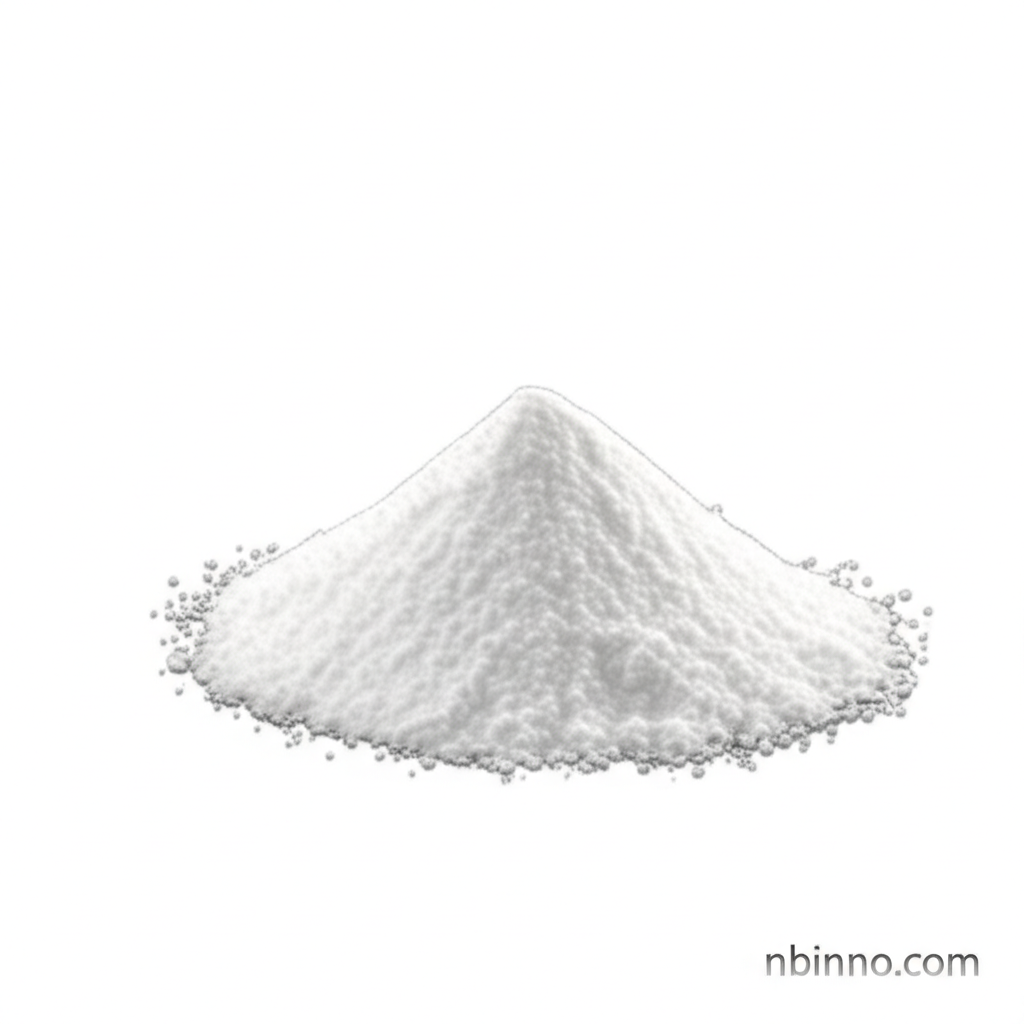Bis(2-chloroethyl)methylamine Hydrochloride: Synthesis, Properties, and Applications in Research
Explore the critical chemical properties and diverse research applications of Bis(2-chloroethyl)methylamine Hydrochloride (CAS 55-86-7).
Get a Quote & SampleProduct Core Value

Bis(2-chloroethyl)methylamine Hydrochloride
This compound, known chemically as Mechlorethamine Hydrochloride, is a vital fine chemical intermediate with significant applications in chemical synthesis and advanced research. Its high purity and reactivity make it a sought-after material for developing novel compounds and understanding complex biological processes.
- Understanding the synthesis of Bis(2-chloroethyl)methylamine Hydrochloride provides insights into complex organic chemistry processes.
- Exploring the unique properties of Mechlorethamine Hydrochloride is crucial for its effective utilization in various scientific applications.
- Researching the diverse applications of Bis(2-chloroethyl)methylamine Hydrochloride opens avenues for new drug discovery and material science innovations.
- The chemical intermediate synthesis capabilities offered by this compound are fundamental to the pharmaceutical industry.
Key Advantages
High Purity and Reactivity
The high purity and inherent reactivity of Bis(2-chloroethyl)methylamine Hydrochloride make it an ideal building block for complex chemical synthesis, enabling precise control over reactions.
Versatile Research Tool
As a key nitrogen mustard derivative, Mechlorethamine Hydrochloride serves as a crucial tool in antineoplastic research, aiding in the study of cancer cell mechanisms and therapeutic development.
Critical for Fine Chemical Intermediates
Its role as a fine chemical intermediate is indispensable for the pharmaceutical industry, contributing to the synthesis of life-saving drugs and specialized chemical compounds.
Key Applications
Chemical Synthesis
Leveraging the chemical properties of Bis(2-chloroethyl)methylamine Hydrochloride for the creation of new organic molecules and advanced materials.
Antineoplastic Research
Investigating the mechanisms of nitrogen mustards, like Mechlorethamine Hydrochloride, to develop more effective cancer therapies.
Pharmaceutical Intermediates
Utilizing CAS 55-86-7 as a fundamental component in the multi-step synthesis of various pharmaceutical compounds and active ingredients.
Toxicological Studies
Examining the toxicology of nitrogen mustards provides critical safety data and informs best practices for handling hazardous chemicals in research settings.
